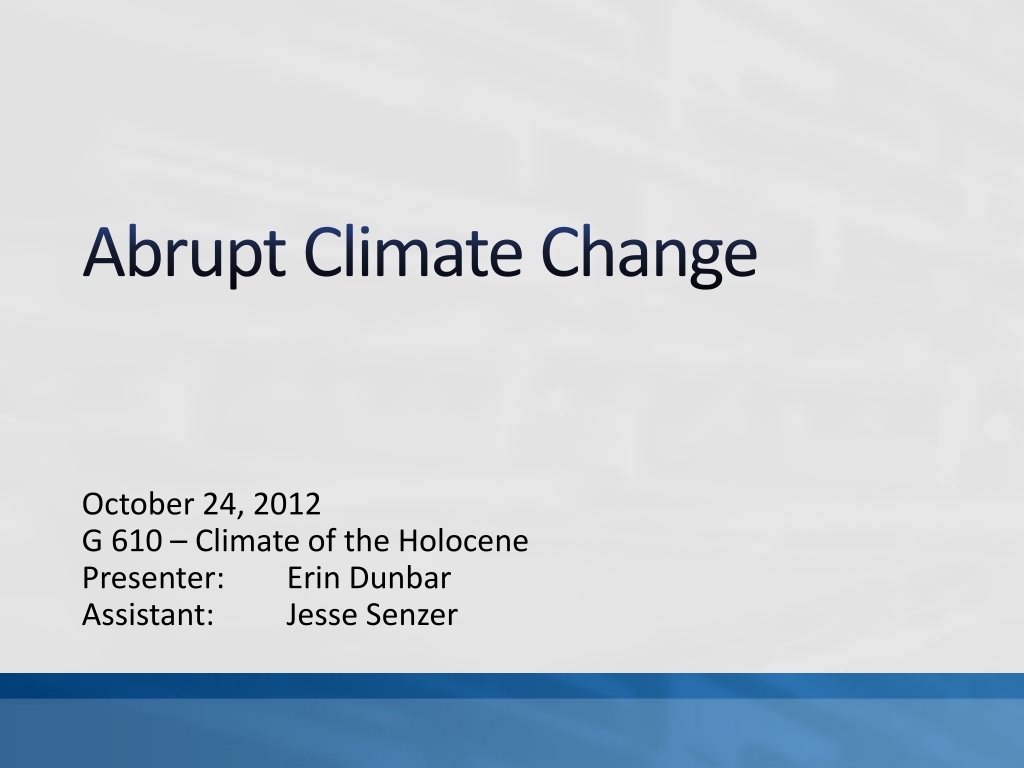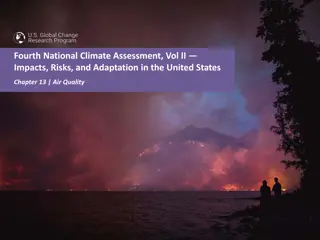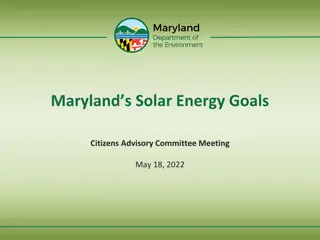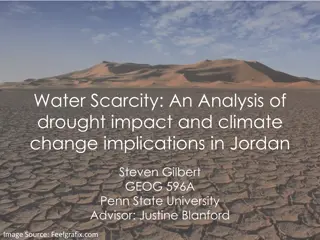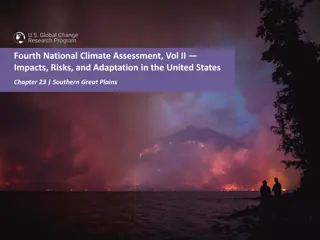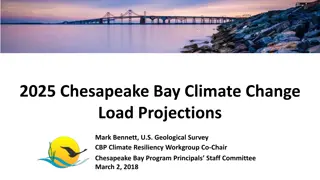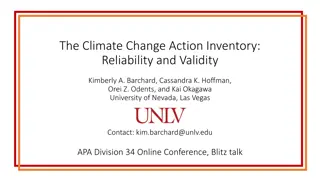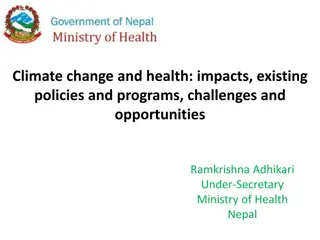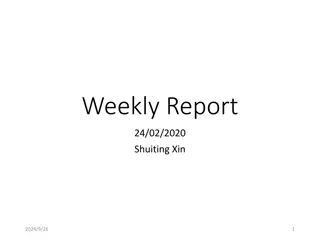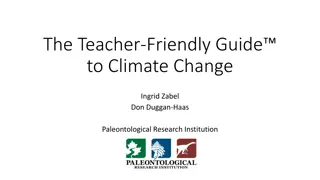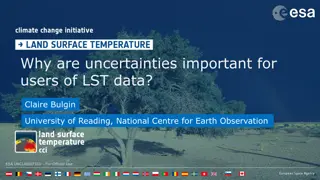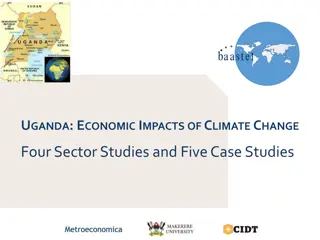Understanding Abrupt Climate Change: Impacts and Uncertainties
Abrupt climate change occurs when the climate system crosses a threshold, leading to a swift transition to a new state. This type of change, as discussed by Alley et al., brings uncertainties due to the complexity of identifying all causes and predicting outcomes near thresholds. The role of the thermohaline circulation is crucial in understanding these shifts. As we grapple with the ecological and economic impacts of climate change, the need for more research and efforts to address abrupt changes becomes evident.
Download Presentation

Please find below an Image/Link to download the presentation.
The content on the website is provided AS IS for your information and personal use only. It may not be sold, licensed, or shared on other websites without obtaining consent from the author. Download presentation by click this link. If you encounter any issues during the download, it is possible that the publisher has removed the file from their server.
E N D
Presentation Transcript
Abrupt Climate Change October 24, 2012 G 610 Climate of the Holocene Presenter: Erin Dunbar Assistant: Jesse Senzer
Abrupt Climate Change Alley, R.B. et al Defines abrupt climate change Recent abrupt changes before the instrumentation timeframe Threshold models Urges more effort on the study of abrupt change
What is abrupt climate change? ...occurs when the climate system is forced to cross some threshold, triggering transition to a new state at a rate determined by the climate system itself and faster than the cause. -Committee on Abrupt Climate Change, National Research Council
Moon Lake, North Dakota Alley, R.B. et al, Science 2003 Vol. 299, Figure 2
Passing a threshold New steady state Amplifier Trigger Persistence Globalizer
THC Steady States Alley, R.B. et al, Science 2003 Vol. 299, Figure 4
Is the Change Significant? What is the impact of climate change? Ecological Economic What is the impact of our reaction? Where does the human contribution fit? Will the changes be like the changes in the past?
The difficulty of identifying and quantifying all possible causes of abrupt climate change, and the lack of predictability near thresholds, imply that abrupt climate change will always be accompanied by more uncertainty than will gradual climate change. Alley, R.B. et al, Science 2003 Vol. 299
The Role of the Thermohaline Circulation in Abrupt Climate Change Clark, P.U. et al Defines abrupt change as: persistent transition of climate (over subcontinental scale) that occurs on the timescale of decades. Focuses on GCM with coupled oceanic and atmospheric systems THC has multiple equilibria THC circulates most of the poleward heat transport
North Atlantic Climate Modern mode Deep water in Nordic sea Greenland-Scotland ridge Glacial mode Ocean open convection in subpolar NA; brine rejection Heinrich mode Shallow circulation
Loeng, H. et al, CAMEL Climate Change Edu., 9.2.3 of the Arctic Climate Impact Assessment
Agenda What is atmospheric radiocarbon? Why does Beryllium-10 matter? What does Figure 1 communicate?
Atmospheric Radiocarbon A function of the production rate of 14C in the upper atmosphere and the sizes of and exchange rates between the major carbon reservoirs.
Major carbon reservoirs Sediments, Ocean, Terrestrial biosphere Ruddiman, 2001
Carbon exchange Atmospheric radiocarbon offers great promise for identifying past changes in the globally integrated thermohaline circulation. Ruddiman, 2001
Beryllium-10 Can be used to estimate past changes in cosmic radiation because 10Be is rapidly (1-2yr) removed from the atmosphere to the ice surface by precipitation. Beryllium increases/decreases are linked to cosmogenic radiation that can help explain fluctuations in 14C.
Figure 1 Stronger THC = greater negative values of 14C Bolling-Allerod warm period: 14,700 to 12,700 BP Younger Dryas: 12,800 to 11,500 BP
References Brain, M., 2004, How Carbon-14 Dating Works, How Stuff Works, http://www.howstuffworks.com/environmental/earth/geology/car bon-14.htm (October 23, 2012) Falkowski, P. et al, 2000, The Global Carbon Cycle: A Test of our Knowledge of Earth as a System, Science, Vol. 290 no. 5490, p. 291- 296. Ruddiman, W. F., 2001. Earth's Climate: past and future. W.H. Freeman & Sons, New York.
Freshwater influx Clark, P.U. et al, Nature , 2002 Vol 415, Figure 2
Empirical Orthogonal Functions 18 time series of climate change 68% variance captures glacial/interglacial changes on a 10 kyr timescale 15% variance captures spatial and temporal expression of 1 kyr changes between 16 and 12 kya Negatives over Antarctica & South Atlantic, positives everywhere else = N.A. climate signal transmitted everywhere (except in seesaw locations)
Figure 3 Clark, P.U. et al, Nature , 2002 Vol 415, Figure 3
Modeling Abrupt change 2 ways Fast forcing New equilibrium from threshold crossing Evidence suggests that the THC has two preferred stable states; flip-flops from one to another Models have found three modes of THC in paleoclimate Models also indicated these changes were from freshwater changes
Last thoughts Behavior of climate change can be modeled, but the cause and effect is not fully understood Modeling provides ideas for mechanisms of change, possible future warming, and the earths system responses. Coupled system models can be enhanced with geologic data If heat transport is stopped by the THC being off, then could there be an offset in heat from global warming at the northern latitudes
